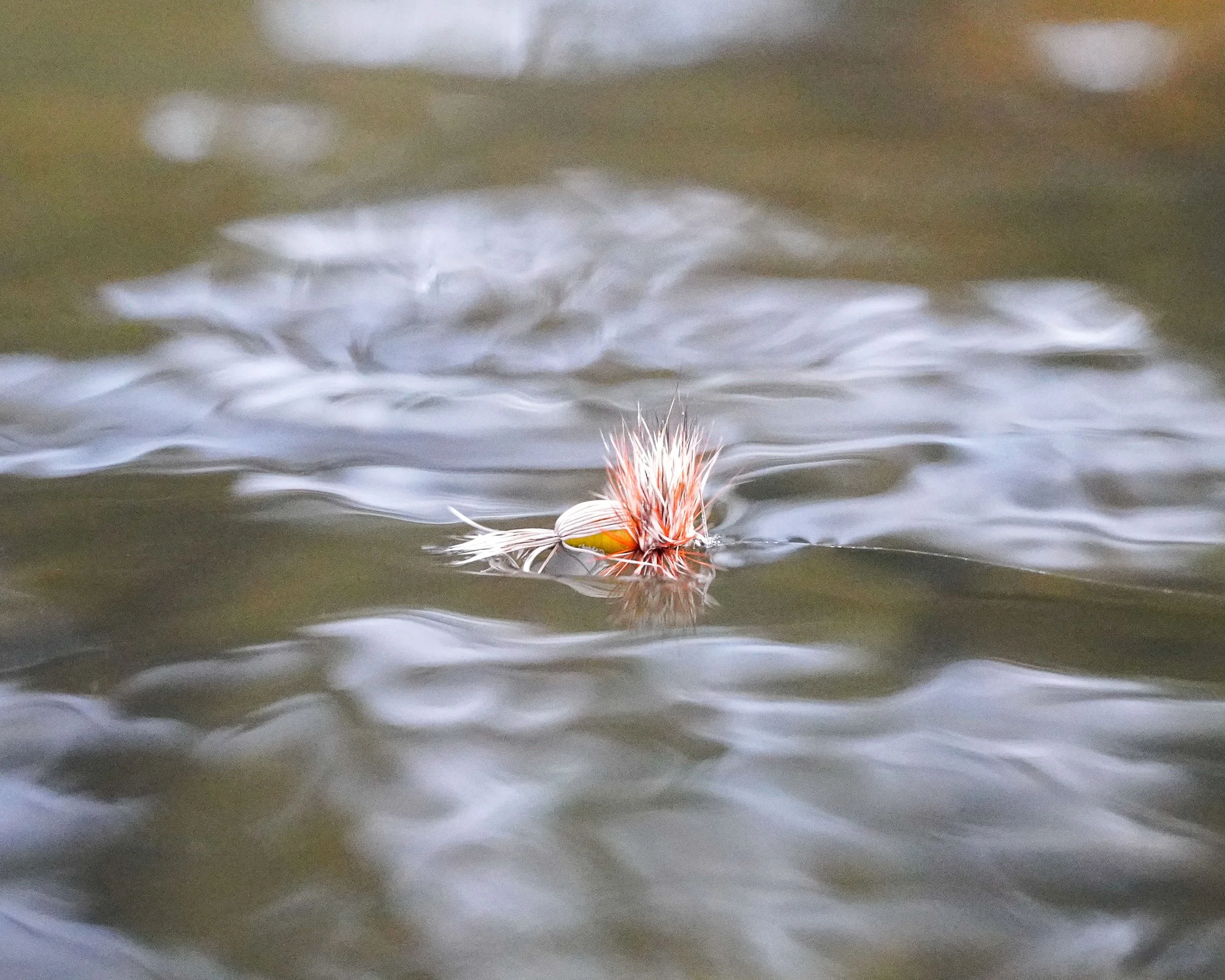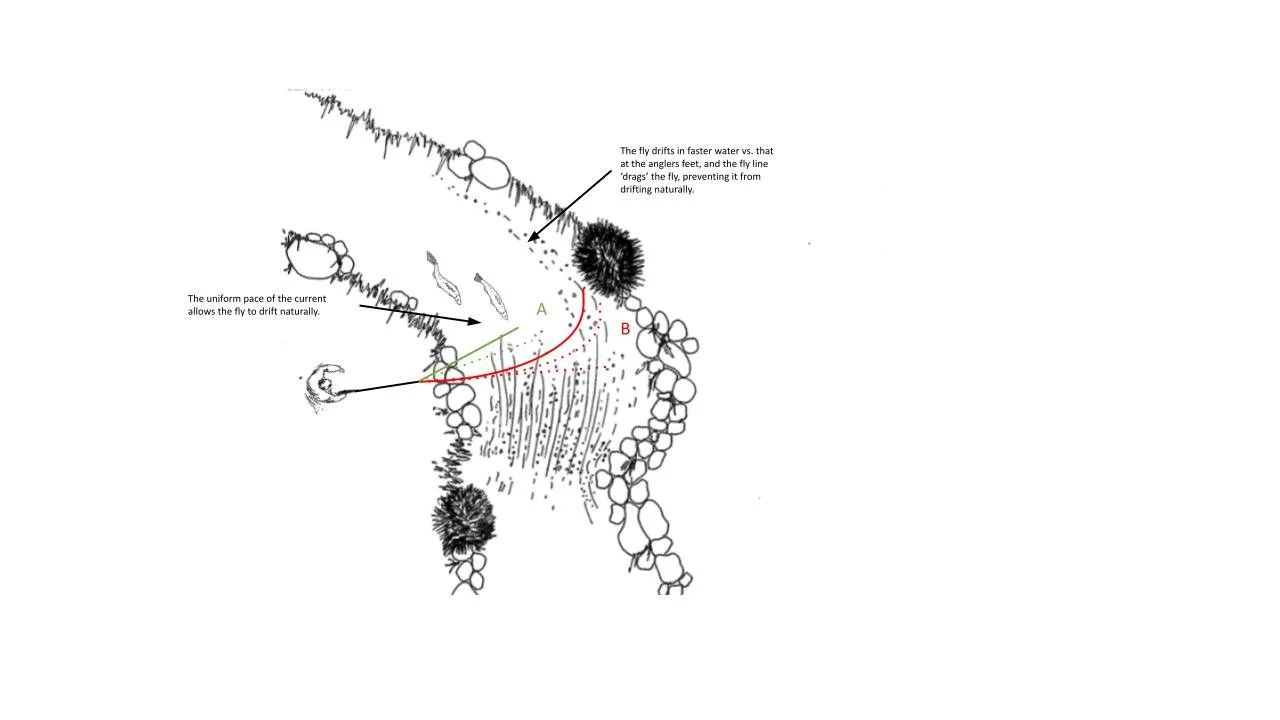How to get a natural drift
What is natural drift
There is a popular proverb in the global fly fishing community. “Presentation over pattern”. What it boils down to is this. It doesn't matter what type of fly pattern a fly angler is using, the most influential factor in enticing an eat is the nature in which the fly is presented to thefish. That being completely natural. Like all fishing rules, it is never universal and there are exceptions. However, as a broad generalisation I have found the adage to be correct. If you want to punch up your number of fish accounted for, and give yourself the best shot of stumbling onto the fish of a lifetime, getting your presentation to ensure a natural drift goes a bloody long way.
“Trout don’t ever see a ½ inch mayfly emerger nymph swimming to the surface to hatch with the sufficient strength to fight against any significant current of a river.”
A natural drift is when a fly moves completely unhindered, naturally, with the current and flow of the water. Whichever direction, speed, depth the flow occurs, the fly should follow in tow (See cast A in the diagram below). This is the case for both surface and sub-surface. If you can imagine if you just dropped a big b ushy dry fly, in the river, by itself not tied on, it would float downstream unhindered, quite literally as if it was a natural insect. This is a natural drift.
Why is this important to the trout?
Well trout are pretty clued in on what's what in their domain of the river. After all, they live there, and get pretty accustomed to the comings and goings. Trout don't ever see a ½ inch mayfly emerger nymph swimming to the surface to hatch with the sufficient strength to fight against any significant current of a river. Nor do they ever see an adult caddis stranded in the surface film fighting for survival by moving cross current. No, they generally see all their insect based co-inhabitants (or ‘breakfast’ as they consider them), conducting their life cycle circuitions in harmony with the flow of the river.
Compared to a natural insect, a fly, tethered to the tippet, leader and fly line, has an additional anchor point in which it is being pulled. Should this occur against the flow of the river, results in the fly drifting ‘unnaturally’. When casting across multiple current speeds, say from faster flow into slow flow, and your fly lands in the slower flow it will have to drift at the slower pace to appear natural. However, the fly line, leader and tippet, having landed in the faster flow and will drift quicker and subsequently ‘drag’ the fly downstream at a faster pace. This ‘drag’ is the antonym of a natural drift. The fly angler’s bane. Natural insects don't do this, and as such a trout is going to know something is fishy, and not eat the fly.
How do we ensure natural drift?
Ensuring the natural drift largely comes down to line management. To prevent the line dictating the drift of the fly, we physically manipulate its drifting patterns. This method is called ‘mending’. Mending lifts the fly line off the water and either places it further downstream, or upstream, depending on the flow in which the fly is drifting in. This negates the line dragging the fly, ultimately securing a natural drift for longer. More often than not, multiple mends per drift are needed to ensure the natural presentation.
To give a very basic summary, if the fly is moving faster than the line, the mend is downstream.
If the line is moving faster than the fly, the mend is upstream.
There are a few advanced techniques to maximize the natural presentation of fly, however these are for another time… How to mend your fly line.
Wash up
Securing a natural drift is an easily understood concept. Putting it into practice is a different story. As an angler, if you can master the natural presentation the trout will oblige more often than otherwise. Next time fishing, when watching your flies give consideration as to whether they are drifting naturally. It should be as high on your agenda as the accuracy of the cast or the line of your drift.



